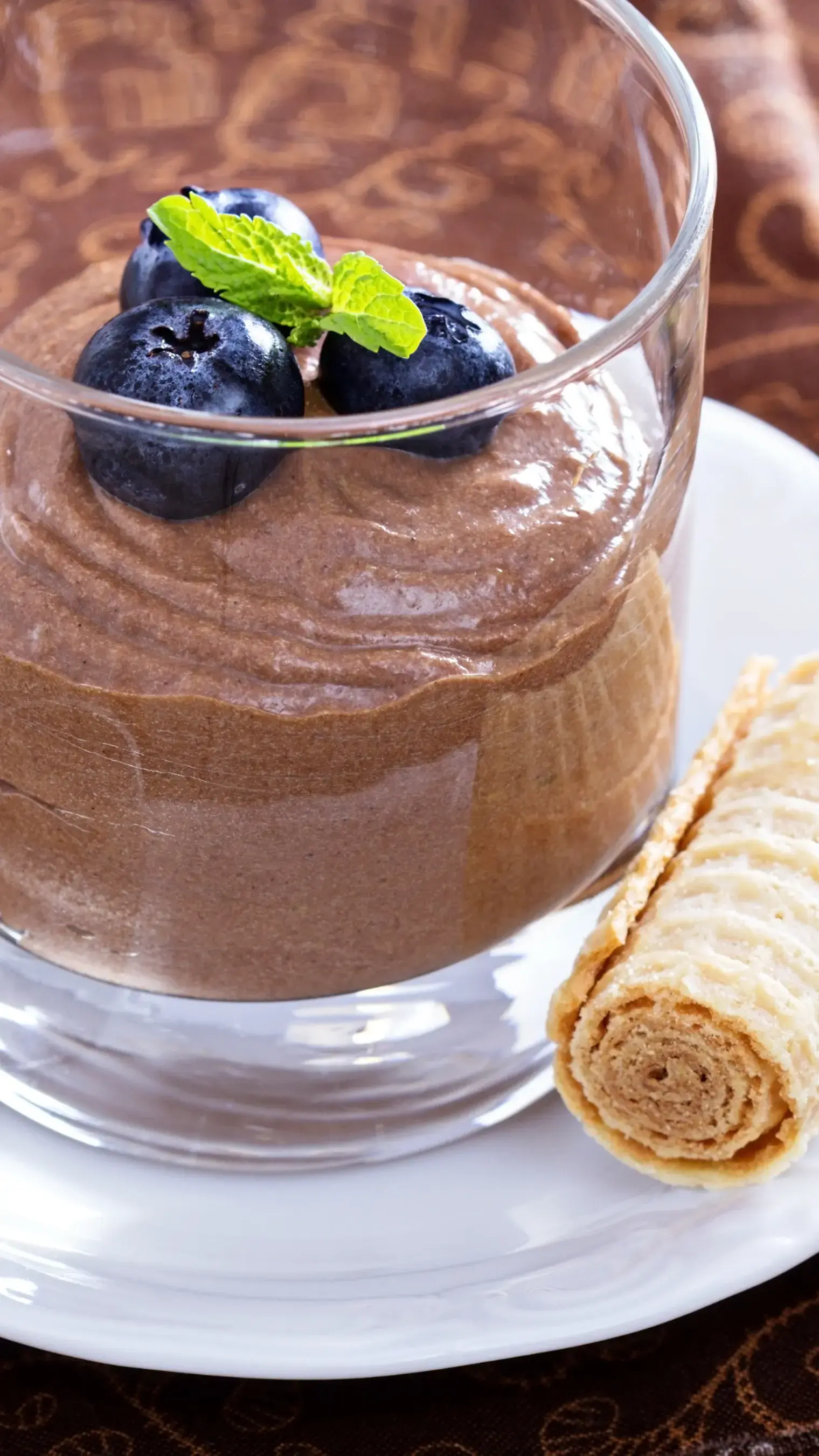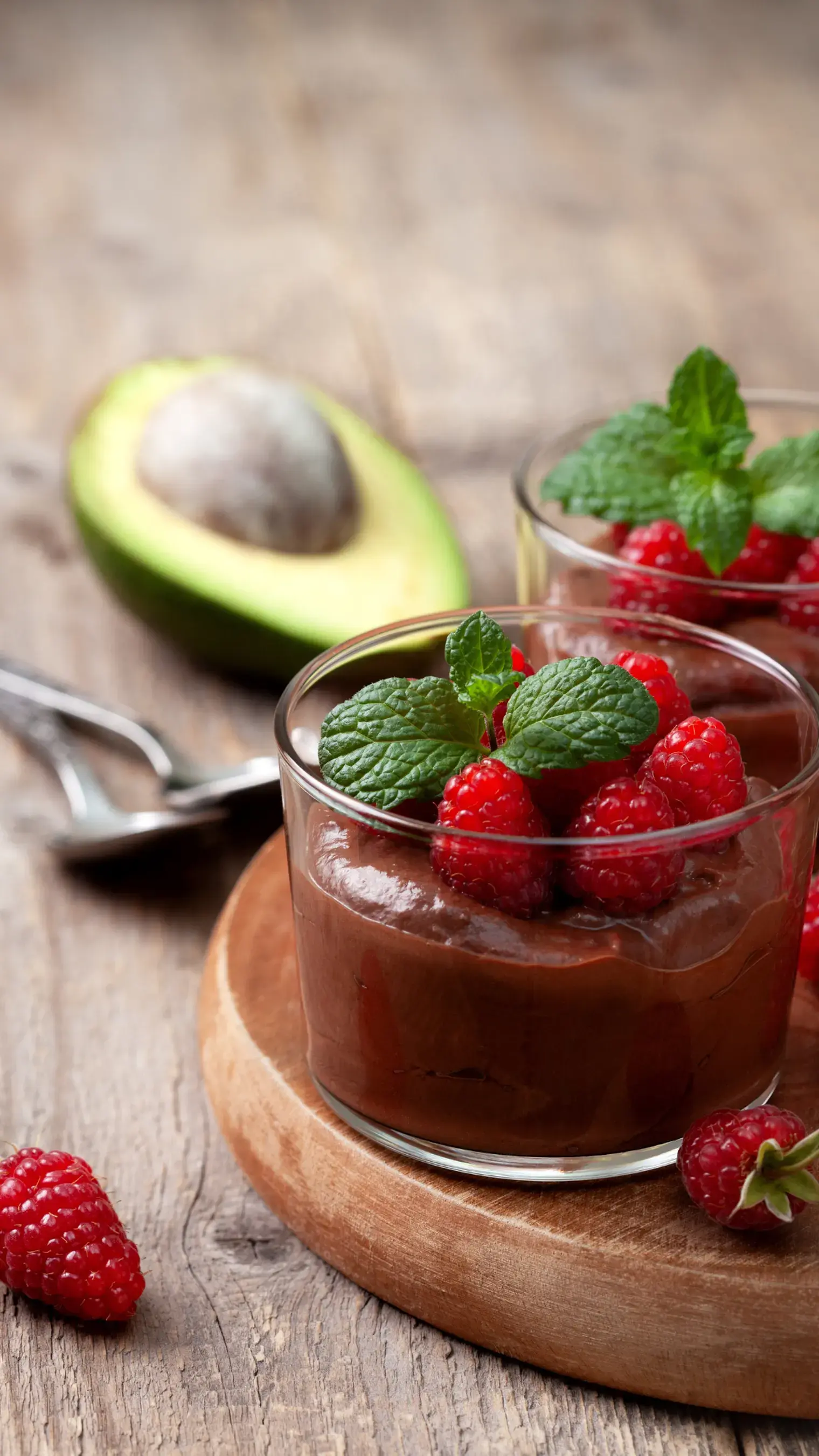This article teaches you how to make homemade chocolate peda that’s delicious and exciting.

If you’re looking for a delicious and festive sweet that combines the richness of chocolate with the timeless charm of Indian mithai, then the homemade chocolate peda is a perfect choice. This delightful twist on the classic peda blends cocoa with khoya (mawa) or condensed milk to create a melt in the mouth dessert that’s as easy to make as it is to love. Chocolate peda is a modern variation of the traditional Indian peda, a milk based sweet that's commonly flavored with cardamom or saffron and shaped into small discs. In this version, cocoa powder or melted chocolate is added to the base to create a rich, chocolatey flavor. It maintains the same soft, fudge like consistency that pedas are loved for, with a satisfying depth of flavor from the chocolate. Ideal for festivals, gifting, or indulging your sweet tooth, this recipe is a must try for every home cook.
Ingredients:
- 1 cup khoya (mawa) – fresh or frozen
- ½ cup powdered sugar – adjust to taste
- 2 tbsp unsweetened cocoa powder – good quality for best flavor
- 1 tbsp ghee – for richness and to prevent sticking
- ½ tsp cardamom powder – optional but enhances the aroma
- 2 tbsp milk – to adjust texture, optional
- Chopped pistachios or silver vark – for garnish (optional)
Method:
- If you don't want to use store brought khoya, the first step is to make it at home. Take 1 liter of full fat milk in a heavy bottomed pan. Simmer it on low heat, stirring constantly to avoid burning. Keep reducing the milk until it forms a thick mass. This process can take about 1.5 hours, but you’ll get fresh khoya ready for use.

- For the peda, start by grating or finely crumbling the khoya if using fresh or refrigerated variety. If using frozen khoya, let it thaw completely and come to room temperature before grating.
- In a non stick or heavy bottomed pan, add 1 tablespoon of ghee and allow it to melt over medium heat.
- Add the grated khoya to the pan. Keep stirring continuously on medium heat. The khoya will begin to soften and melt slightly. Cook it for 5 minutes until it becomes smooth and slightly golden but not browned.
- Now sift in the cocoa powder to avoid lumps and mix well with the khoya. Stir until the mixture turns into a uniform chocolatey mass. The cocoa should be evenly distributed throughout.

- Next, add the powdered sugar and mix well. You will notice that the mixture becomes slightly loose after adding sugar, but that’s normal. Keep stirring and cooking until it thickens again. If the mixture becomes too dry or grainy, you can add a tablespoon or two of milk to smooth it out. This also helps bring the peda together if your khoya was on the drier side.

- Sprinkle in the cardamom powder and mix it in evenly. Though chocolate is the dominant flavor, cardamom adds a subtle note that complements the richness.
- Turn off the heat and let the mixture cool for about 10 minutes, or until it's warm but comfortable to handle. Don’t let it cool completely or it will harden.
- Grease your palms with a little ghee. Take small portions of the mixture and roll them into balls. Flatten them gently into a peda shape. Garnish with chopped pistachios, almonds, or press in a design using a peda mold or your finger. Place them on a greased plate or tray to set. They’ll firm up further as they cool to room temperature.
- Store the pedas at room temperature in an airtight container for up to 4 days. They can last up to a week in the fridge, but bring them to room temperature before serving for best texture.
Tips:
- Don’t overcook. Once the mixture thickens and leaves the sides of the pan, turn off the heat to avoid a chewy or rubbery texture.
- Use good quality cocoa since the flavor of your peda depends heavily on the chocolate used.
- The dough should be soft and pliable, not crumbly. If it’s too dry, add a few drops of milk or ghee. Be mindful of the consistency of the mixture at all times.

- Shape the pedas while the mixture is still warm. Once it cools completely, it may be harder to mold.
Like This Article?
More Like This
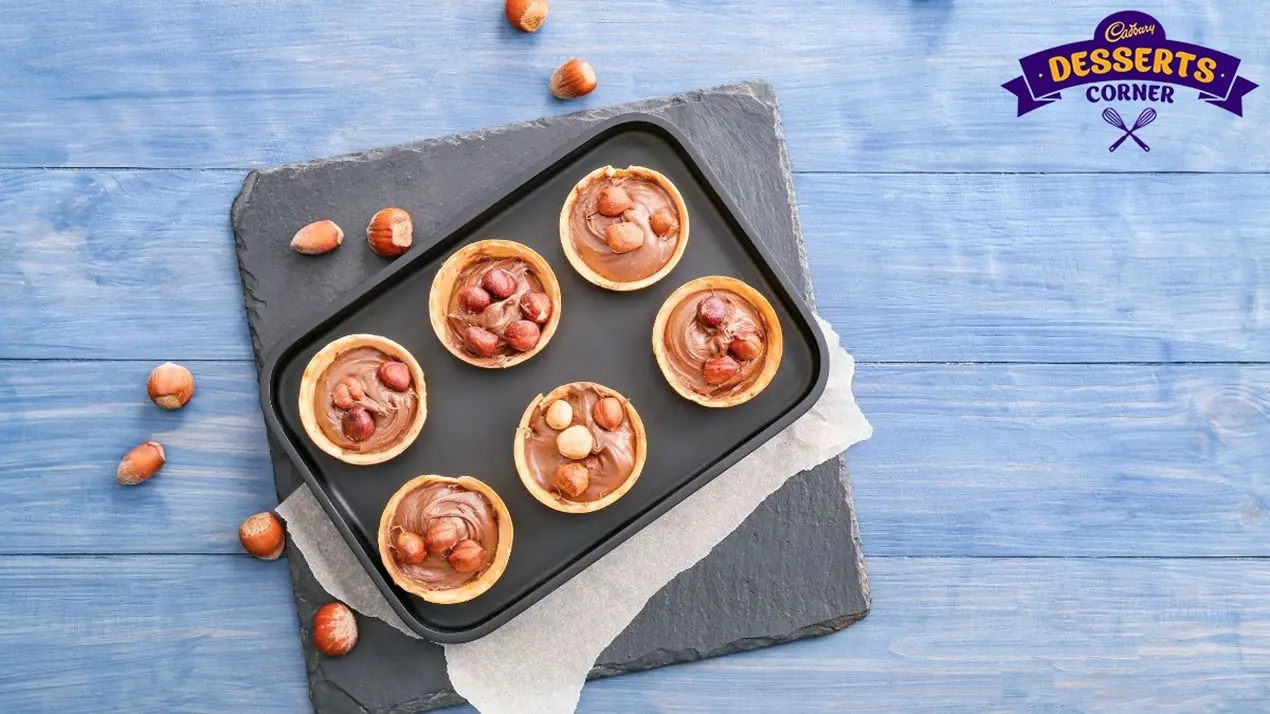
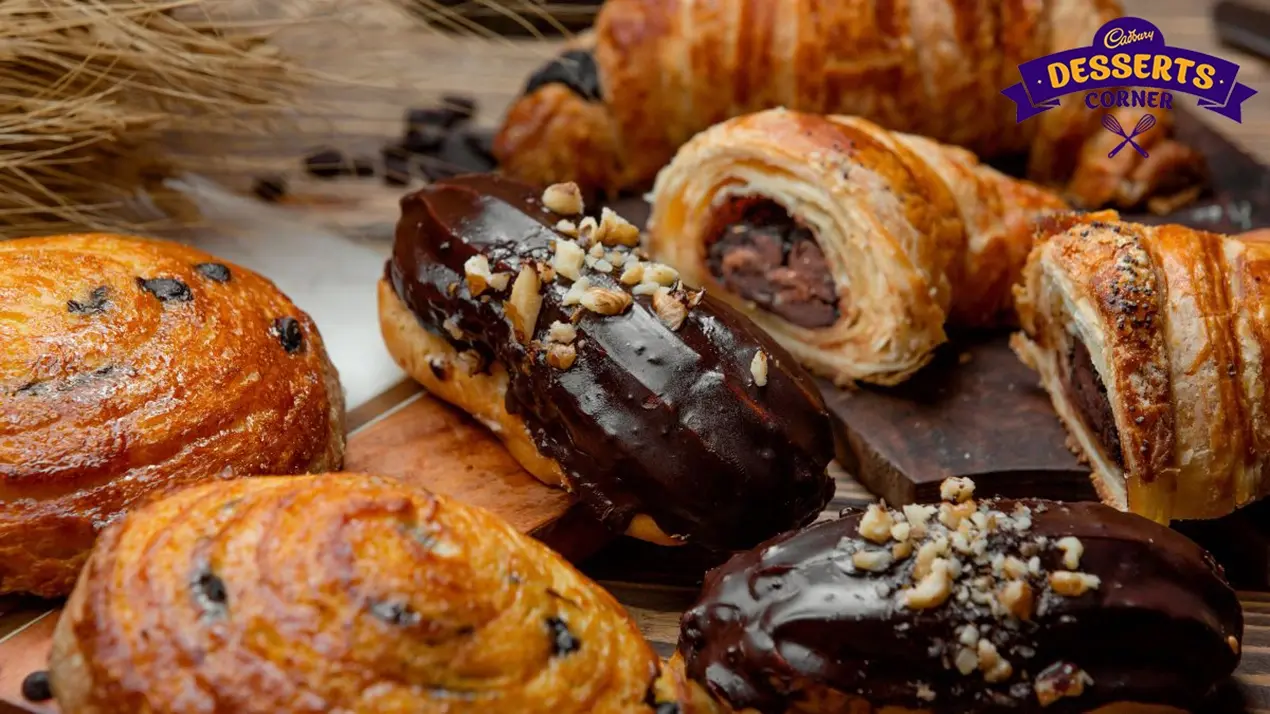

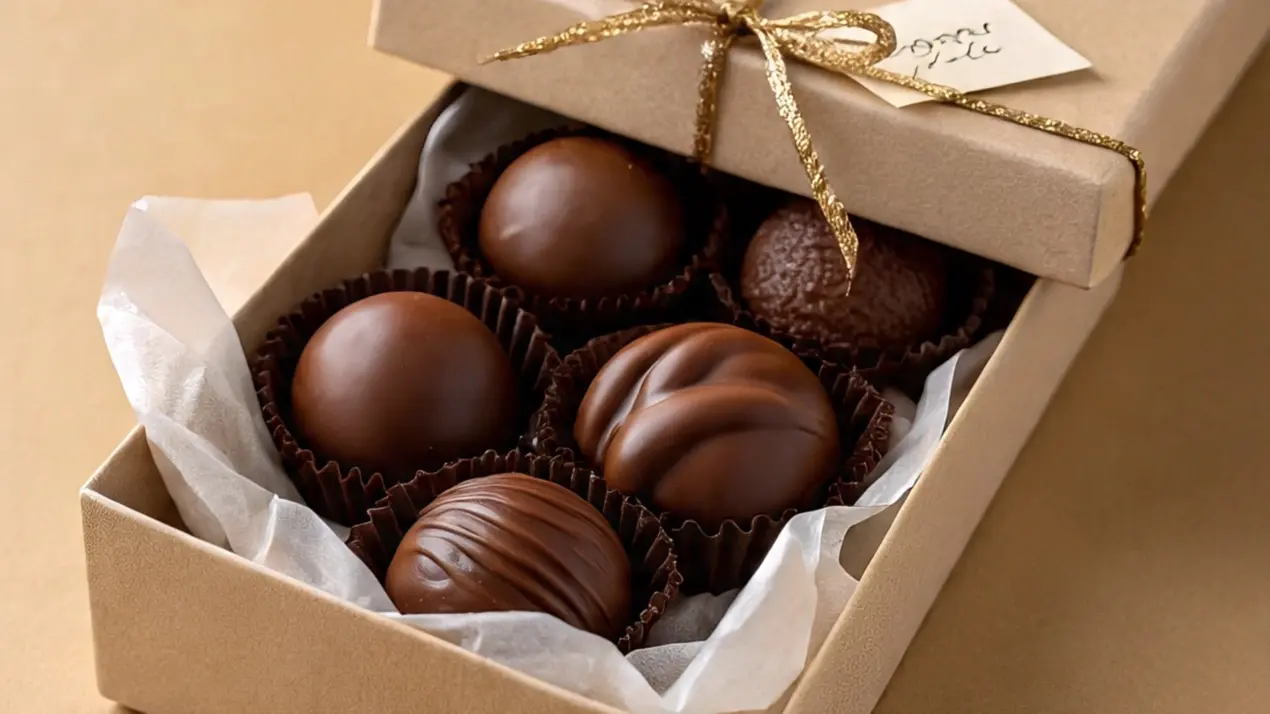
Popular Articles





Trending Web Stories
Curated Recipes

















